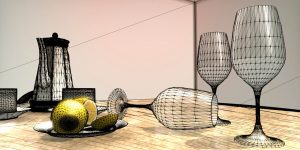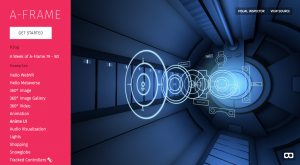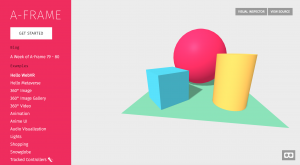2016 AICP Sponsor Reel – Dir Cut from Method Studios on Vimeo.
When I think of impressive or inspiring 3D computer graphics, I am intensely drawn to this animated video that worked with Major Lazer’s “Light It Up.” Deluxe’s Method Studios was hired by production company RSA to produce this video. They used motion capture technology in conjunction with procedural animation and dynamic simulations. It has a variety of different characters with wildly unique body types and interesting textures that are not usually paired with human figures, and works in sync with music as well. I am intrigued by this video every time I watch it, because it looks so believable, and yet the textures and behaviors of the people dancing in the video would never make sense in real life. I really like it because its creators were able to take his imaginative characters and render them believably so that other people could see his creation. It’s so fantastically imaginative and entertaining.
![[OLD FALL 2017] 15-104 • Introduction to Computing for Creative Practice](../../../../wp-content/uploads/2020/08/stop-banner.png)









